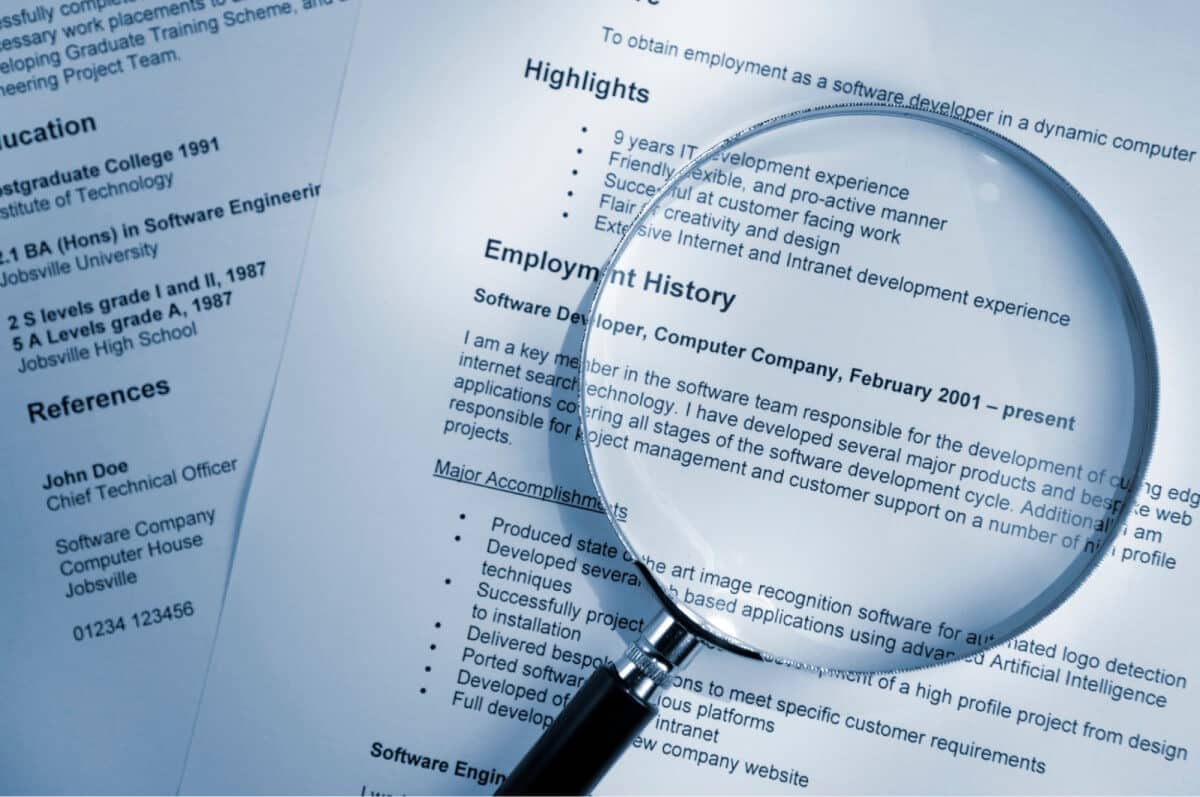What recruitment metrics are you tracking? Forget about time to fill or cost per hire. The single most important metric you can track is the quality of hire. Here’s why (and how you can do it!).
Did you know that measuring quality of hire is ten times more impactful than measuring time to fill, and one hundred times more impactful than the cost per hire? An excellent hire can produce ten times the work of an average or poor performer.
The numbers
Let’s explore these metrics further. Consider that the average daily revenue an employee produces is $2,250, the average time to hire is 30 days and the average cost per hire is $5000. Therefore:
- if you improve your cost per hire ($5,000) by 10%, you save $500
- if you improve your time to fill (30 days) by 10%, you save $6,750
- if you improve your quality of hire by 10%, you create $50,000 of value.
(Calculations are based on 10% of 30=3 days, 3*2,250=$6,750.)
So if the average revenue an employee produces per annum is $500,000, a 10% increase in productivity equates to 10% of $500,000, which is $50,000 compounding every year!
Few organizations measure their quality of hire, and even fewer do it well. Understanding quality of hire will enable you to make the best talent decisions.
According to Global Recruiting Trends, 39% of talent leaders agree that quality of hire is the single most valuable metric to track performance. 60% of talent leaders report identifying quality hires as their top challenge of 2019, yet only 2% have a framework to measure quality.
It starts with data
Data is where the world is going. It is becoming more and more crucial in recruitment. Having a large volume of data (and a way to interpret it through smart systems) enables you to see patterns and correlations.
Data enables you to see averages and compare. If candidates don’t meet average metrics, it doesn’t mean they won’t be successful in a role, but it does give you a comparison point so that you can start to see patterns.
A smart, integrated data system enables all your data to “talk” together. Data can include everything from employee experience, feedback from interviewers, reference insights, new hire experience, hiring manager experience, to exit interviews. It is a foundational metric for AI feedback loops. The future of recruitment involves AI, and successful AI only happens with data.
- Use performance reviews (with caution)
Many organizations rely on performance reviews to measure quality of hire. And this makes sense. If new hires are performing well, it should mean that hiring them was a good idea.
Unfortunately, performance reviews are very subjective, so standardizing results can be misleading. Some of your team leaders may be easy to please, and others less so.
To counter this, rank new hires against each other and understand the sources that are producing the most high-quality candidates. Track error rates. Starting anywhere new is, of course, going to be a learning process. But over time, the less your team members task require rework or have mistakes, the better the quality of hire.
- Conduct 60-day check-ins with both your new hire and hiring manager
You may already conduct 60-day check ins with your new hires, but what about hiring managers? Checking in with both parties ensures you’re obtaining the most accurate information.
Here are some tips for conducting 60-day check-ins with your new hire.
Ask your new hires:
- Is the role as they expected?
Ask your hiring managers to discern:
- Are they working well with their team? Are they positively contributing to organisational culture?
- Do they feel fulfilled in their role, and do they want to stay?
- Are they producing the results expected?
- Can you trust them? Do they do things they say they will?
Are we good at hiring? According to Checkster’s research, 26% of hiring managers have hirers remorse, as do 18% of new hires.
What is “quality”?
Interestingly, one in three companies stated that they would like to track quality of hire, but they don’t know how to start. A simple definition of quality is someone who contributes meaningfully to your teams and organization.
According to the simple definition from Checkster, “quality of hire is a great team member”. But what is a great team member? A great team member has five core attributes:
- Inspiration – they can get the best out of their team
- Experience – they feel fulfilled in their role and want to stay with your organization (retention)
- Fit – they add to your organization’s culture and values and are pleasant to work with
- Results – they produce the results expected in the role
- Integrity – they are someone you can trust who do things they say they will.
According to Checkster, 85 years of research shows that the best assessments to determine quality hires are:
- work sample test
- structured interviews
- general mental ability tests
- peer ratings.
So take this into consideration when designing your shortlisting and interview strategy.
How can you measure quality?
“Too often, the discussion about quality of hire is confused with selection practices and not an employee’s experience once onboard. Organizations need to start by looking at what are the characteristics of a great employe (post-hire data). Then, look at how we can try to predict those among candidates.”
Performance data has limitations because typically after a year, it is too late. It’s important to understand new hires’ experience from when they first begin at your organization.
Descheemaecker then recommended to conduct 1, 30, 60 and 90-day check-ins with new hires, each time, speaking with the hiring manager, and asking questions that relate to quality of hire, for example:
- Can you trust them?
- Do they fit into the team?
- Are they accomplishing tasks?
Then she recommends speaking to the new hire and asking opinions from their subordinates and peers, which reduces the impact of bias.
Next steps
Descheemaecker concluded the presentation with powerful insights and recommendations on the next steps for recruiters to take.
“Organisations are overspending on sourcing talent by 80%. With the huge impact better quality can make, dedicating 20% of your budget is out of proportion to the results it yields.”
Descheemaecker recommended measuring and improving the quality of your hires, using data to inform your decision making, conducting regular check-ins with new hires, hiring managers, peers and other colleagues.
“If you are not resourced enough to use systems and technology, it is possible to track these metrics yourself using Excel. Just use something!”
Own the metric. Start measuring, use data, and identify trends.
Design your shortlisting process strategically to assess quality. Conduct regular check-ins with hiring managers, new hires, their subordinates and peers. Provide hiring managers with useful frameworks and recommendations to improve quality of hire.
Need some help optimizing your Shortlisting and Selection process to improve your quality of hire?
Call us on 1 866 474 3140 or emailing us at hello@scouttalent.ca.
If you enjoyed this content and would like to receive our monthly recruitment update emails, simply fill out the form below.





